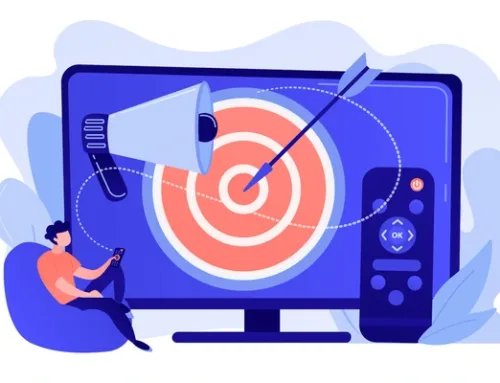Television attribution has evolved alongside direct response television advertising in response to changes in both consumer behavior and the technology we have to work with. Attribution was easy when consumers responded to TV ads by making a phone call, but video advertising has turned into a cross-device and cross-platform media over the past decade. With multiple touchpoints in the user journey, attributing activity to a single ad has become increasingly complicated. Modus Direct has invested over 20 years in television tracking starting from the very beginning of television attribution and will continue to create innovative approaches to this challenge in the future.
The Beginning of Television Attribution
- In direct response television advertising, unique toll-free numbers and later unique URLs were assigned to specific networks on Linear TV to track consumer interest. Responses and conversions were then tied back to individual ads through time decay models that matched activity to the closest ad. Dedicated phone numbers were able to identify the networks driving performance, but television attribution ran into problems when the user journey expanded past watching television and calling the number.
With the rise of the Internet, response methods expanded to include unique URLs. Distinct landing pages were created, and web traffic was monitored. Specific events like filling out a form, making a sale, etc. could be identified through the URL. Like the original phone numbers, this method was limited to following the user journey only after they visited the unique URL.
- Using toll free numbers and unique URLs has not been completely phased out of direct response television advertising. Phone sales continue to drive response in some industries and Modus Direct understands that these traditional attribution methods still provide accurate results and, in some cases, may be exactly what’s needed to meet the needs of the advertiser.
Evolution of Television Attribution
- The rise of the Internet, new digital devices, and streaming services created the need for new television attribution approaches. These models started with tracking cookies that were able to assign credit to each touch point along the way, including watching television advertising. As cookies were phased out, tracking pixels that track this activity have evolved. Every Multi-channel attribution model assigns credit to each touchpoint differently and the best models depend specifically on the needs of the advertiser. First Touch and Last Touch models assign activity to either the beginning or the end of the user journey but do not consider the steps in between.
- Ex: Session-based attribution models group user action by session and the conversion is typically attributed to the last touch point.
- Multi-touch attribution models distribute fractional credit throughout multiple touchpoints and provide a more holistic view of the user journey and the contribution of each step along the way.
- Ex: Pixel-based attribution uses tracking pixels on specific web pages that are triggered on specific actions. They are then attributed back to the source of the traffic.
- AI and Machine Learning algorithms are starting to be leveraged to analyze historical data and find patterns to attribute as accurately as possible. This method will continue to be built upon in the future.
- Custom Attribution Models combine elements of various models and can be customized to better track business needs and goals. Modus Direct understands that there is no one-size fits all model, and tailors attribution to the complexity of the customer journey, the data available, and specific marketing goals.
The Future of Television Attribution
Modus Direct will continue to build on our legacy and invest in tracking for the next 20+ years and will evolve alongside advertising as attribution models continue to adapt to the consumer journey and the media consumption landscape. Cross-platform and cross-device measurement will continue to be refined and will ultimately provide a single holistic view of the consumer. These models will also become more complex and faster, providing conversion results in near real-time, allowing for ever-changing optimization of campaigns. While watching a television ad is no longer the sole step in a user journey, the attribution models will continue to assign value to every step along the way, even watching an ad on Linear TV.
Author: Madison McDaniel – Data Analyst at Modus Direct





